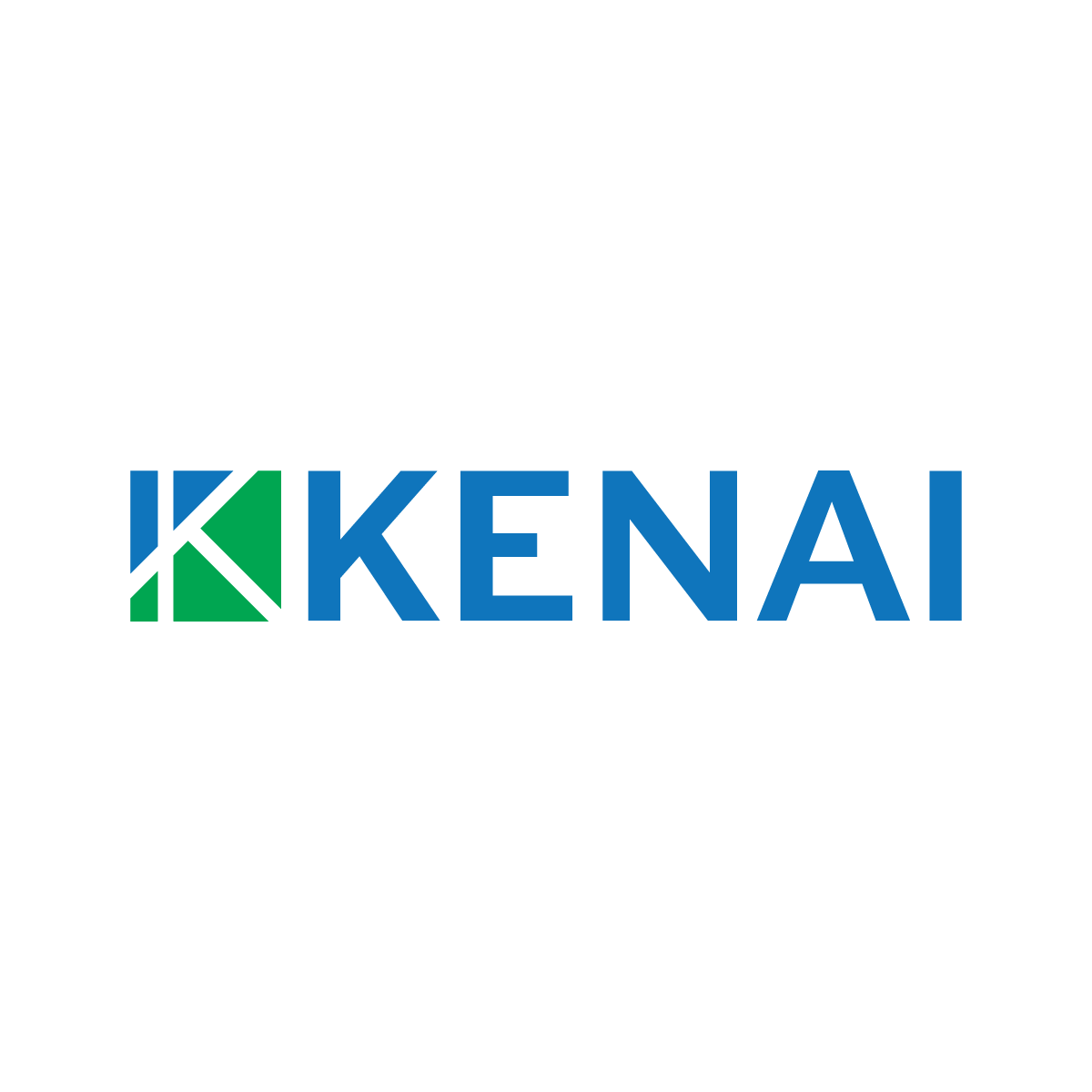For many organisations, buying or merging with another business is the next logical step. It’s true that it can be an exciting time for growth and new opportunities when you combine your people, capabilities, and digital resources into one stronger entity.
But like most change, mergers and acquisitions are not without pitfalls. They require careful strategic planning – and an assessment of the risks and opportunities – to work. Before deciding on what to keep, change, or integrate, make sure you have a clear digital roadmap in place to navigate your digital transformation.
Here are six factors you need to consider for navigating digital transformation during a merger or acquisition.
1. It starts with your vision. What’s your “why”?
First things first: are you confident the business you’re acquiring or merging with shares the same values and vision? This is the perfect time to take a step back, consider your trajectory, your ideal destination, and what it is you want to achieve from this next step. Investing time in this step at the beginning, will create a solid foundation for your new integrated business.
Maybe you’re focused on acquiring another business so you can grow faster than you could on your own. Maybe they have capabilities you don’t currently have. Or their systems might be more advanced. Mergers and acquisitions can be a great way to scale your business, improve your customer experience, boost your competitiveness, acquire new people and skillsets, and keep costs down.
Have a look at the digital skillsets, roles, and capabilities you currently have within your organisation and consider what gaps you might have to fill. Take this on board when finding the ideal business to acquire or merge with.
2. Make decisions based on your vision and facts.
In any merger or acquisition, you’ll likely have different systems operating and different platforms holding your information and customer data. You will have to consolidate these systems to reduce waste, duplication, and mistakes. But how do you know what should stay and what should go?
It may be one of the existing systems is the best way forward for your integrated business, or you may want to start with a new provider.
Backend procedures and databases (like your CRM) must be integrated to avoid information silos or duplication, which may be a lengthy and costly process if not done properly. Consider what systems are going to best meet your needs and help you reach your shared vision and what will work with your budget and timeframes.
Some of your systems may become redundant and you’ll have to phase them out. Make sure you’re aware of the costs involved in this and your contractual obligations to your providers.
You need to be careful that you’re making the right decisions for the right reasons. It’s easy for personalities and egos to get in the way and for noise to drown out your vision.
It’s important to have a robust process in place – that’s where a digital roadmap comes in.
3. Do your due diligence.
As well as identifying the value of a merger or acquisition, you also need to be aware of risks and have a plan to mitigate them. Doing due diligence on the business or organisation you are merging with is a key part of your decision-making process.
You’ll likely face legal, privacy, security, and financial risks during a merger or acquisition. Particularly if you are going to be working with a start-up or smaller business, their systems and security may need some work.
Don’t forget to weigh up how a merger or acquisition will impact your current projects. What timeframes are you working towards, will these be affected, and how can they be improved?
Factor all these risks into your digital roadmap.
4. Establish clear leadership and governance.
You need direct leadership and governance so that strategies are clear from the top down and everyone knows what is expected of them. Consider your future brand direction and guidelines, and how the merger or acquisition will drive this.
Make sure the digital roadmap is kept up-to-date, is easy to access, and that all the information points to a single source of truth to avoid waste and confusion.
This can be hard to navigate on your own as sometimes egos and biases get in the way.
The most effective way of creating smooth and efficient digital change is with a tailored digital roadmap which the experts at Target State can help you plan, develop, and put into action.
5. Make sure everyone is clear on the vision and milestones for your merged organisation.
As well as having clear leadership, it’s vital your staff and your board understand the benefits and potential impact of the merger and acquisition, so you can fulfil your vision at all levels.
Mergers and acquisitions can be times of stress and anxiety if not managed properly, so communicate clearly with your staff, board, and customers. To increase buy-in from your staff, ask them to contribute their thoughts and concerns throughout the process, and factor these into the planning process.
You may get your best insights from your frontline staff so it’s wise to make this process as collaborative as possible.
6. Invest in an impartial review of your project.
You will be bringing together two separate businesses which means new teams and integrated digital systems, processes, and policies. You’ll need a digital expert to ensure this integration goes as smoothly and cost-effectively as possible.
An independent provider can give you an expert and impartial view and assess what digital models and tools are best suited to your new combined business.
Target State offers independent review and digital roadmap services, so you don’t have to tackle a merger or acquisition alone. We know the right questions to ask and when.
Why you need Target State – achieve a better outcome than going it alone.
Digital transformation doesn’t have to be a headache when you are going through a merger or acquisition. Once you are aware of the possible challenges – and have agreed on a shared vision – you’ll be able navigate your way forward.
A merger or acquisition should be handled in the same way as any other digital transformation project. One of the best ways you can be prepared is through a digital transformation roadmap.
At Target State, we can advise you on the best structures, processes, and technology to set you up for a successful and sustainable merger or acquisition. We have the models, tools, and expertise to provide you with everything you need when you are combining two digital landscapes into one.
Further reading:
https://www.ey.com/en_ph/strategy-transactions/how-m-as-can-fuel-digital-transformation
https://www.accenture.com/nz-en/insights/strategy/digitizing-mergers-acquisitions
https://www.linkedin.com/pulse/merger-acquisition-right-time-digital-transformation-praveen-regmi/
https://www.mckinsey.com/capabilities/growth-marketing-and-sales/our-insights/merger-time-the-best-pportunity-for-digital-transformation
https://www.mckinsey.com/capabilities/mckinsey-digital/our-insights/how-to-find-and-maximize-digital-value-in-any-ma-deal
































